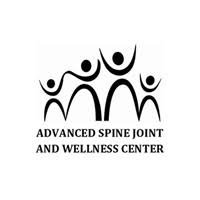What are the symptoms? You may experience stiffness or a pain in your neck. The pain may spread to your shoulders, upper back, or arms or even get a headache. You may also have numbness, tingling, or weakness in your arm. If your neck pain lasts for a while, you may have trouble coping with daily life. This is called chronic pain.
Common side effects of chronic pain include depression, constant pain, and anxiety. How is neck pain diagnosed? If your pain started after an injury, or if it doesn’t improve after a few weeks, your doctor may want to do more tests. Imaging tests such as an X-ray, an MRI scan, or a CT scan can show the neck muscles and tissues. These tests may be done to check the neck bones, spinal discs, spinal nerve roots, and spinal cord. How is it treated? The type of treatment you need will depend on whether your neck pain is caused by activities, an injury, or another medical condition. Most neck pain caused by activities can be treated at home.
For neck pain that occurs suddenly: Use a heating pad on a low or medium setting for 15 to 20 minutes every 2 or 3 hours. Try a warm shower in place of one session with the heating pad. You can also buy single-use heat wraps that last up to 8 hours. You can also try putting an ice pack on the are

















